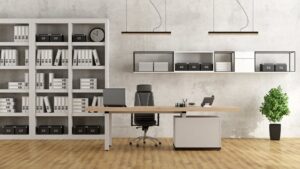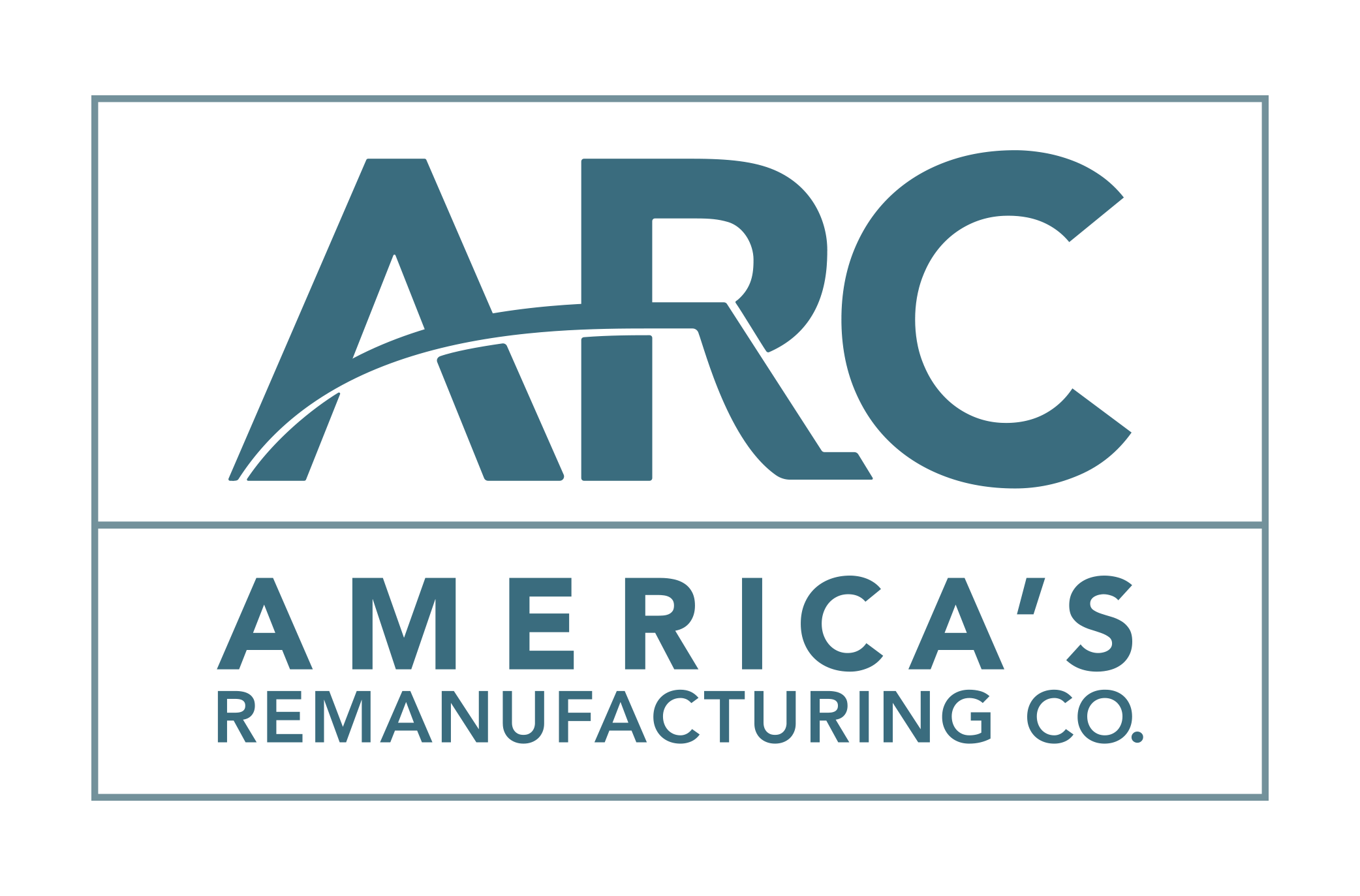Office design, without a doubt is critical to the admin and backend productivity of any company of any scale. Yes, thrifting can be nice along with wholesale purchasing and other buying opportunities. But what about “reman-ing” – A company taking a serious sustainability angle just like ARC is a huge highlight for us. That’s why we’re acknowledging this furniture feature from Inc.com, Check out how Davie’s Office is impacting the circular economy:

Consider every piece of furniture you need carefully from its concept design to its delivery to your door. Avoid banned materials, chemical treatments (such as PVC, benzidine dyes, hexavalent chromium, hazardous phthalates, and PBDE flame retardants). A quality furniture manufacturer can provide you with the specific raw materials used to manufacture your furniture choices before you buy them.
Emissions aren’t just for outdoor consideration. Volatile organic compounds (VOC) emitted from building materials and furniture are a major indoor air pollutant. Any furniture you purchase should contain the lowest VOC emissions possible.
Keep in mind, it’s not just the furniture, it’s the manufacturer. Are they sustainably transporting the furniture and reducing their own carbon footprint? Do they promote healthy labor practices and treat their vendors respectfully? The more fair-trade, sustainably manufactured, thoughtfully transported the furniture is, the less damage is done to the environment before it’s reached your office.
Oh, but that’s so much work. You can’t run down all these details and still get your business up and running, or keep it running while you renovate. It’s one thing to simply research the furniture, but you have to look into the manufacturer, and their vendors too? It’s too much. Good news! There’s something called the ANSI/BIFMA e3 Furniture Sustainability Standard, where they’ve ranked furniture by measurable criteria in progressively more sustainable levels that consider environmental and social impacts throughout the supply chain. There’s also Level, which focuses on 4 things: materials, energy and atmosphere, humans and ecosystem health, and social responsibility. Furniture manufacturers with these certifications have met more criteria for recycling, materials use, renewable material choices, and in some cases, even social actions and greater energy and health impacts on the world around them than furniture manufacturers not certified. This can really help companies narrow down where to look for sustainable furniture.
Prolonging the Longevity of Your Furniture
Great! You’ve purchased and received furniture you’re confident has met your goals for achieving sustainability. But the purchase is just the first step. Now that you own the furniture, you have to make it an effective, long-term tool your employees use comfortably and happily for the lifespan of its use.
The longer you can keep your existing furniture working for you and your employees, the more sustainable it is.
This is where the current trend of flexible office design comes into play. By fluidly reconfiguring your office to meet your employees’ needs as they change over time, you can help ensure your furniture stays relevant and useful longer, particularly in the modern office where employees’ workstations are wherever their laptop connects. Quality, configurable furniture made in a sustainable way really does make a difference outside the office walls.
Recycling When It’s Time to Replace
Now, you’ve made the most out of the furniture you sustainably sourced and used. You know it doesn’t work for you any longer, and you’ve outgrown it, but the thought of having it hauled off to the landfill feels like a betrayal to the environment.
Staples agrees with you. They found a gap in the need for a sustainable way to replace furniture, so they paired with Davies Office to create a program for office furniture donation and recycling. Davies takes used office furniture apart, recovers valuable structural components, and rebuilds furniture to like-new condition at a fraction of the cost. Staples customers who donate their furniture to Davies earn credit towards green building standards, creating a cyclical and symbiotic relationship between manufacturers, retailers, and buyers of office furniture. This reduces the demand for new materials (such as trees, which are being deforested faster than we can re-plant), decreases carbon emissions, and keeps materials that still have some life in them from contributing to landfills. Everybody wins.
If this solution isn’t right for your company, donations to organizations in need–charities, churches, not-for-profits–can still help you keep your old furniture out of a landfill.
Benefits of Sustainable Furniture–Beyond the Office
Prevent deforestation. Trees are vital to the atmosphere of our planet, and office furniture is responsible for the cutting down of millions of trees.
Reduce contributions to landfills. Even if you have to throw it away, broken furniture made from renewable materials degrades more easily and with a lesser impact on the environment than furniture with harmful chemicals or made from non-renewable materials.
Improve your immediate environment. Organic, sustainable furniture materials can actually help clean the air around you. By not purchasing furniture with toxic emissions, you can help your employees with allergies, asthma, or other respiratory concerns breathe easier. Your workers will take fewer sick days, and you can improve your bottom line because of it.
Reduce your contribution to transportation impacts on the environment. The more locally you can shop, the better, but if the furniture you choose needs to be shipped, ordering from a manufacturer that adopts safer transportation and shipping practices makes a difference. More economical shipping routes, aerodynamic panels on trucks for fuel economy savings, and more can help even if you do have to have it shipped.
Socially, your company projects a better, more Earth-friendly image. Employees and customers alike are more loyal to the companies that match their social responsibility desires, and the more identifiable you are as a company that subscribes to these practices, the more likely you are to attract those employees and clients to your doorstep.
There’s a lot to consider when you’re designing your office, and sometimes it may feel overwhelming. However, office furniture is one way you can impact the environment in which your employees work as well as the environment beyond your office walls for greater benefit to everyone. By choosing sustainable, long-lasting, flexible furniture made from renewable materials, you’re well on your way to improving your company, both inside and out.
BY JEFF POCHEPAN, PRESIDENT, STRONG PROJECT
@STRONGPROJINC for INC
